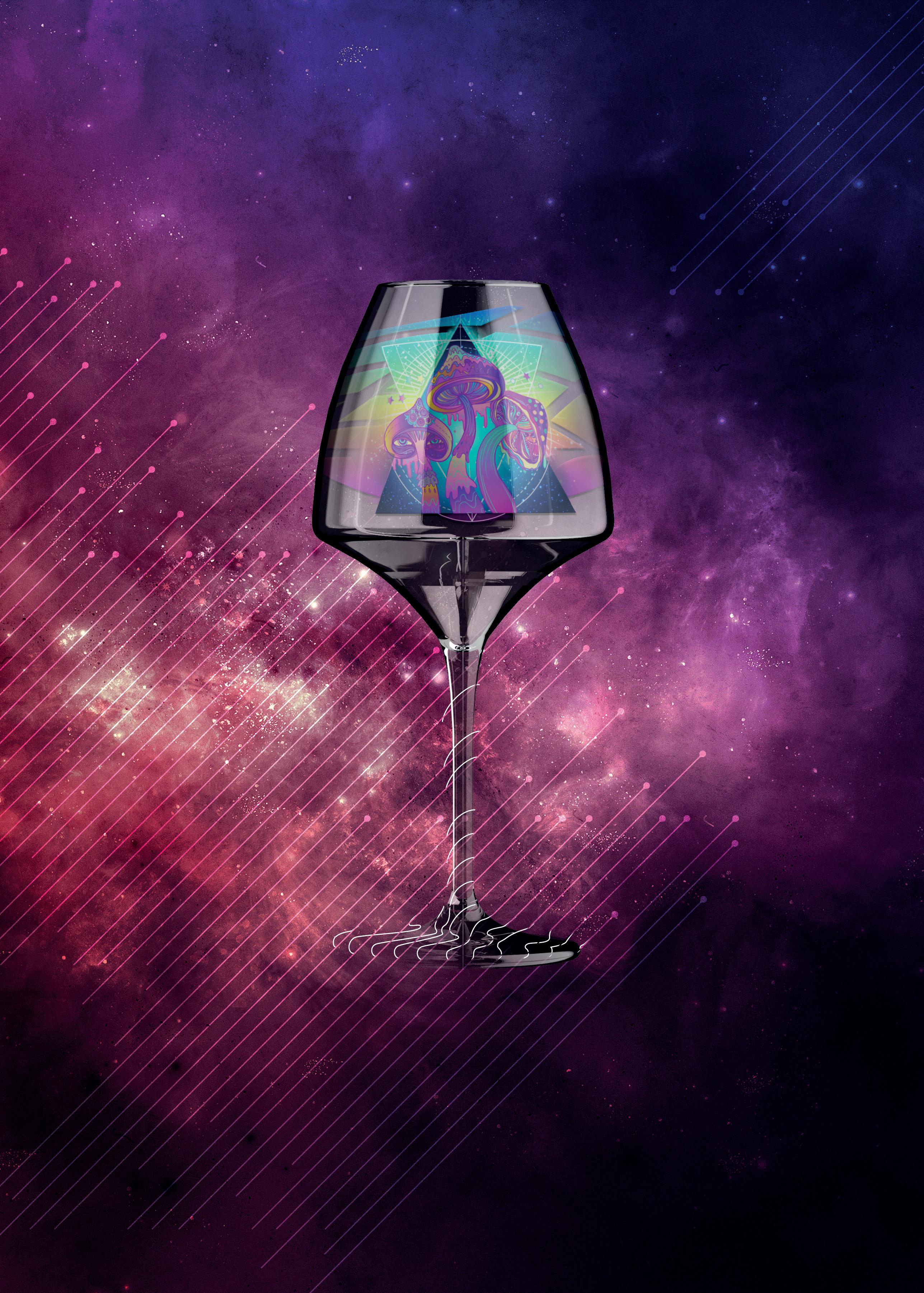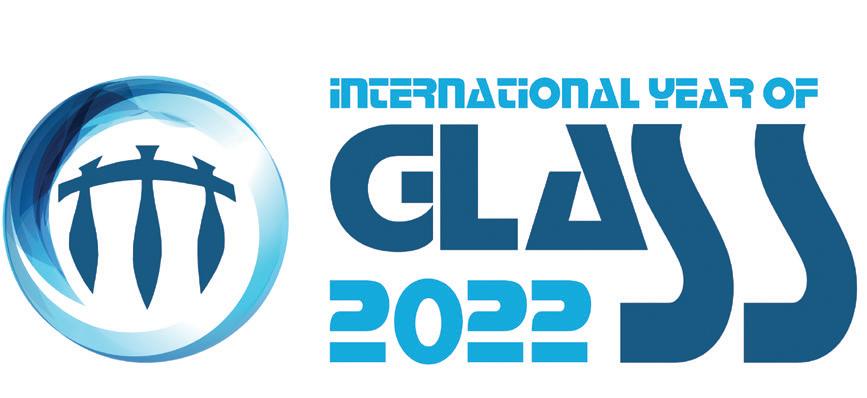
9 minute read
Furnace: Glass Service
The smart melter of the future
Use of automated technology within the glass industry is rising. Erik Muijsenberg* discusses how we should embrace this new technology, and how it could help reduce carbon emissions and optimise furnace operations.
Fig 1. Advanced model based predictive control model relations.�
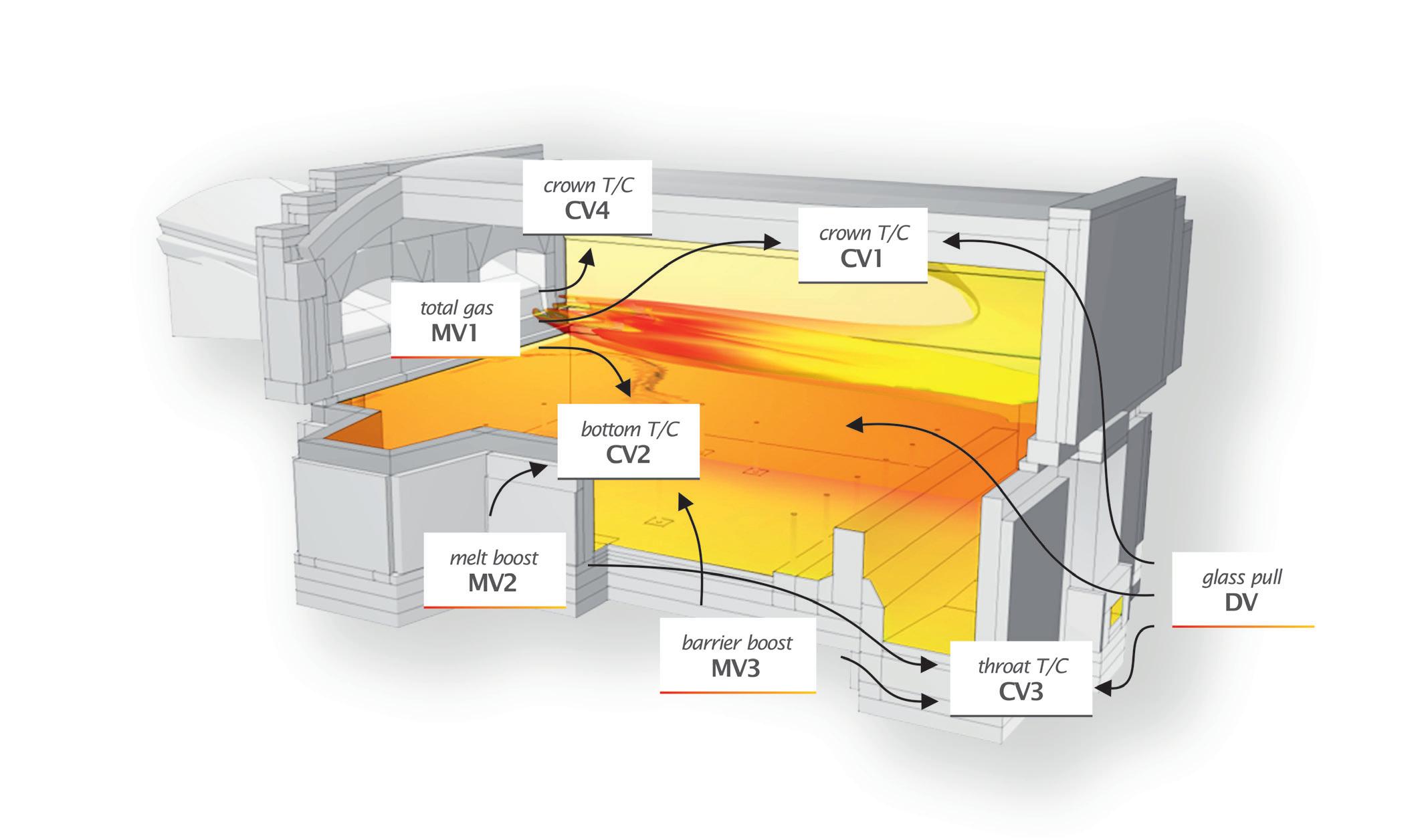
Since 2020, new technologies such as neural networks have generated opportunities for automation that were impossible before. As consumers, we see it first-hand in self-driving vehicles. If automation is pursued for furnaces, forehearths, and perhaps the complete production, it becomes possible to switch lighting off and create so-called ‘dark factories’.
Without doubt, the term Industry 4.0 created during the 2011 Hannover Messe (trade show dedicated to industry development) has awakened the modern industry to the coming revolution. The last decade has seen the glass industry work diligently to optimise systems, but more is required. Realistically, production in 2030 will need far less human intervention than now.
Industry 4.0, often referred to as ‘Big Data’ or the ‘Internet of Things’, refers to high levels of automation of individual parts of production and the intimate communication between them. For example, if defect levels increase, then the system itself decides how to react; it might increase or reduce the furnace temperature, depending on what’s more appropriate. Such decisions currently depend on human interpretation and experience. We will review the next automation already used in the glass industry and investigate new technologies such as artificial intelligence (AI), neural networks, machine learning, deep learning and how they will impact production.
Leading engineering firms and glass producers around the world use furnace modelling known as computation fluid dynamics (CFD). While in 1990 accuracy was debated, today the technology is considered reliable and valuable. It has become state of the art for designing or rebuilding furnaces. Furnace and forehearth model predictive control (MPC) systems of today, one of which is the Expert System III, have evolved beyond CFD. Initially, sceptics had little belief that it was possible to control a furnace using MPC. Today over 330 furnaces worldwide have it installed with many of their forehearths.
Since 2010, interest in Industry 4.0 has skyrocketed as new equipment has been installed, such as furnace cameras to monitor batch flow. The question is, what
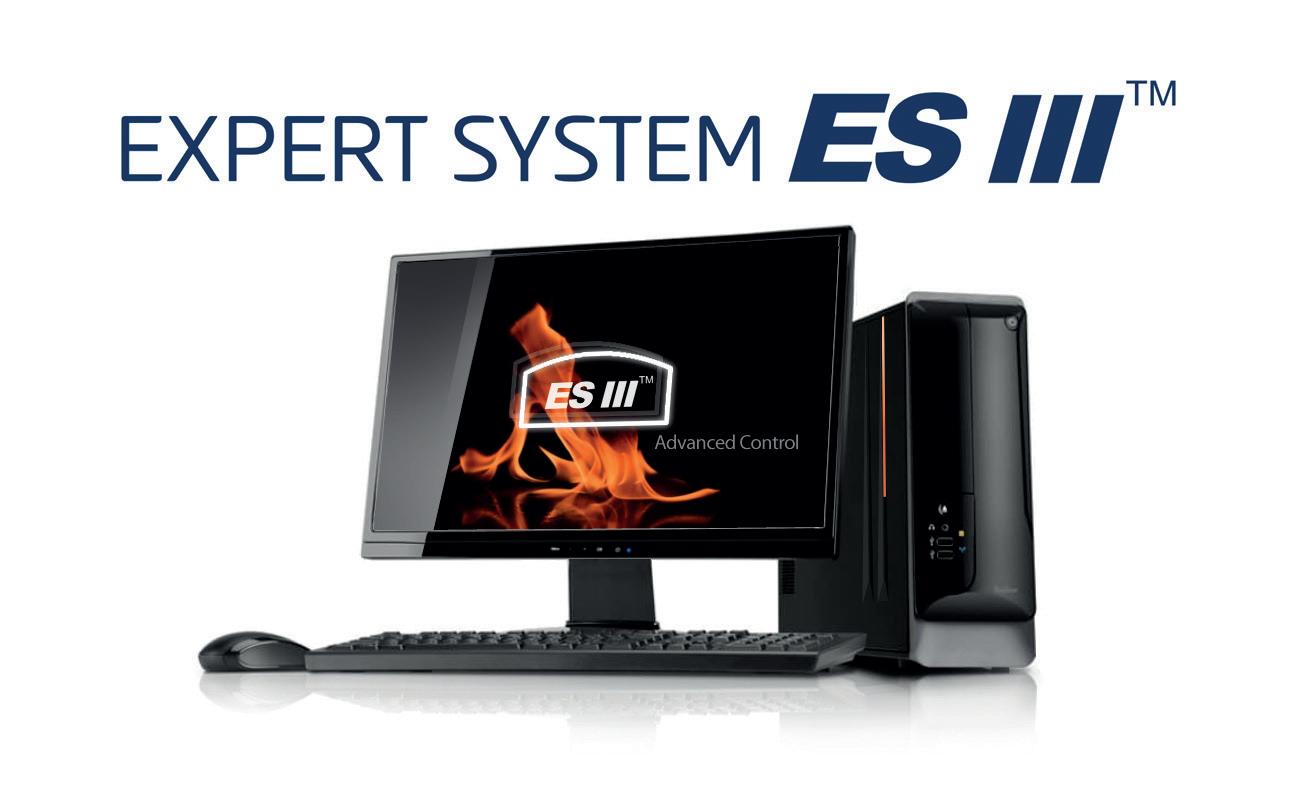
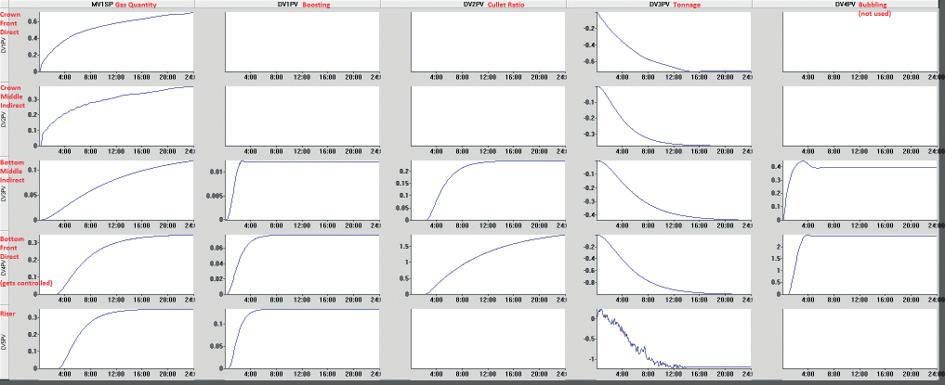
Fig 2. Example of model relations after process identification using historical data. �
� Fig 3. ESIII PC taking over with MPC furnace control from the operator. next? A review of Industry 4.0 uncovers many different technologies to use and bundle together to optimise factory operation. Many technologies can contribute to efficient operation, such as robots, augmented reality, the Internet of Things and Big Data (where useful information is harvested using powerful computers).
A proportional–integral–derivative (three-term) controller (PID) employs a control loop using feedback. They have been widely used in applications requiring continuously modulated control but often offer limited success because: (1) round the clock PID control by a single operator was demanding and unreliable; (2) furnace temperatures were slow to react; and (3) responses to change were subject to long dead times. MPC strategies using dynamic algorithms offer an alternative. They capture process behaviour with minimal intervention while maintaining optimum quality, lowest emissions and minimal operational costs.
MPC typically works with furnace inputs such as gas, crown and bottom temperatures (Figs 1-3). Mathematical models are created using software such as Expert System III and this historical data. These linear models predict the future response of a furnace. Step tests are now rarely used to achieve these model
� Fig 4. Furnace image using near IR camera. Continued>>
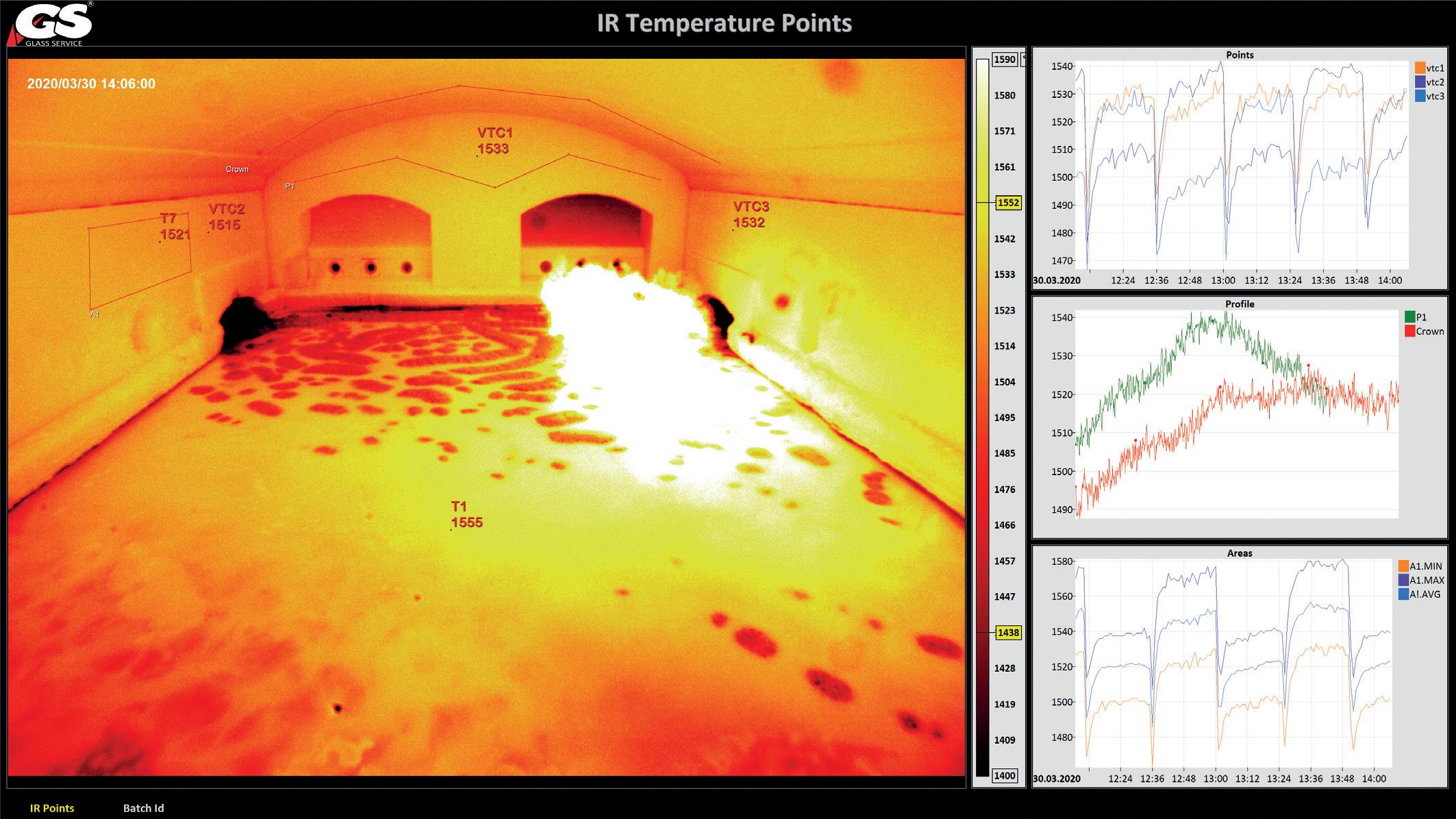

� Fig 5. Neural networks, with deeper hidden layers
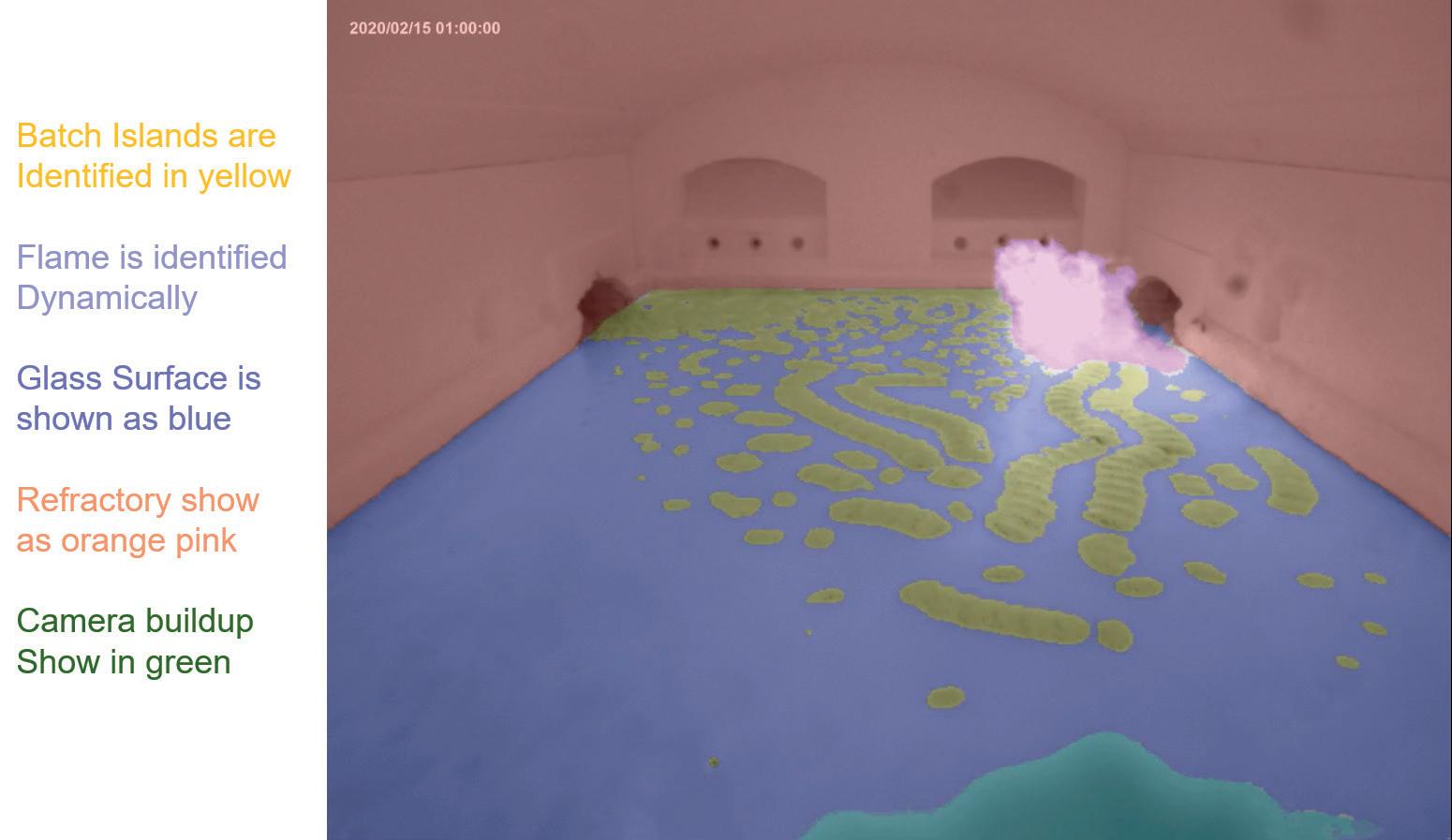
� Fig 6. Furnace image from a camera identified by a Neural Network. relations, just rich historic or operation data.
The next step requires more complex inter-relationships to be understood. One is how temperatures relate to glass quality. Should furnace temperature be increased for better glass quality, or lowered as would be the case for re-boil or refractory reactions? Such questions showcase areas where artificial intelligence offers more than straightforward linear models.
Much more data is available than in the past, but how should we handle it? Near Infrared (NIR) furnace cameras can act as virtual thermocouples and see the temperature trends within the furnace over time (Fig 4). Indeed, even temperature profiles can be explored. In the following, we will explore the capabilities of such cameras and later consider the question of data accuracy.
First though we consider what artificial intelligence (AI) and its neural networks are. How can they help the glass industry? Most glass operators are familiar with DCS, a digital control system for a process or plant usually with many control loops and MPC. Before AI, irregular issues evaded their operators creating inefficiencies and low-quality glass production. AI anticipates and performs the tasks that could not previously be resolved by hands-on techniques. It
� Fig 7. Batch coverage converted into a bird’s eye view and trends. Continued>>
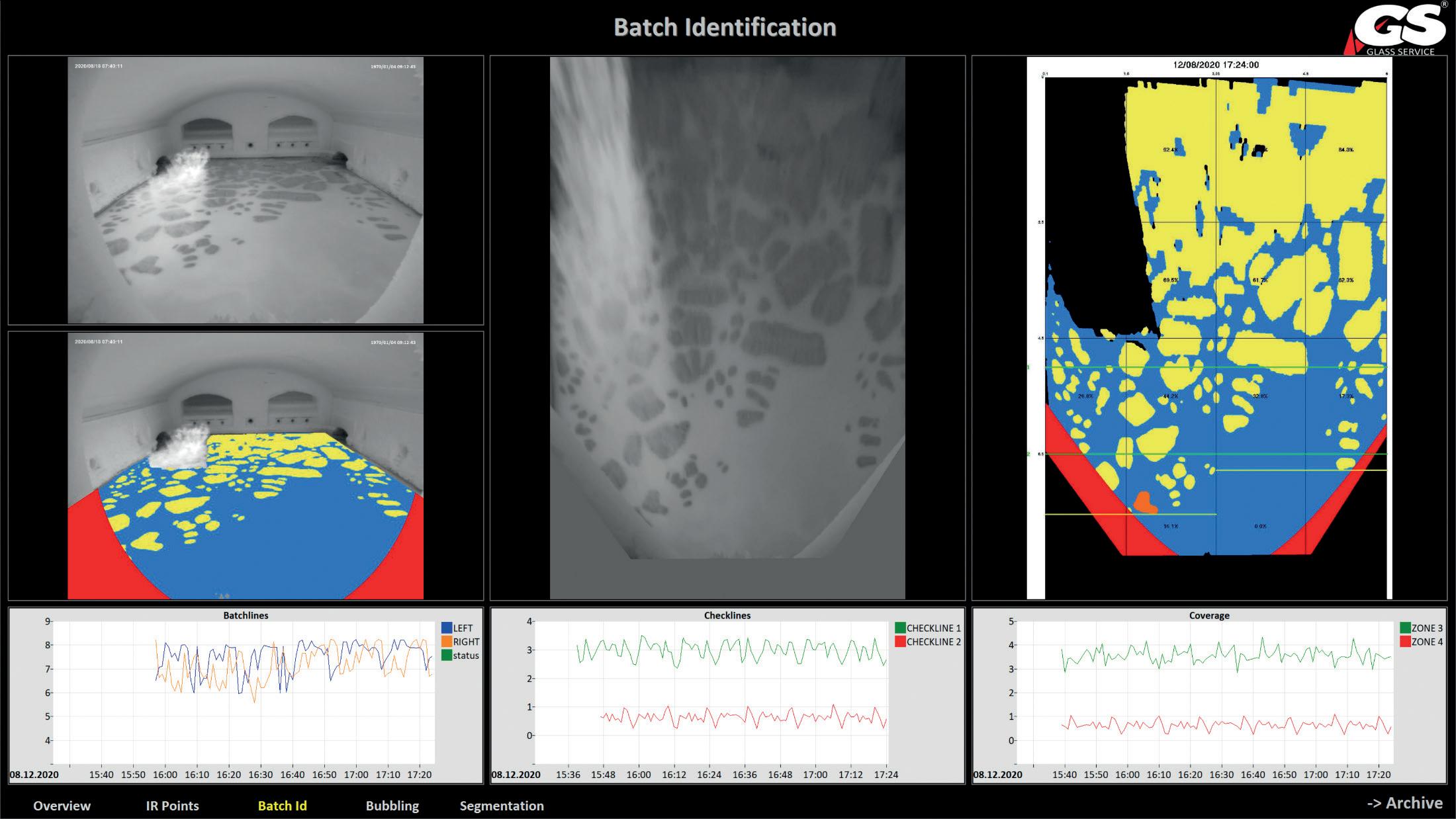
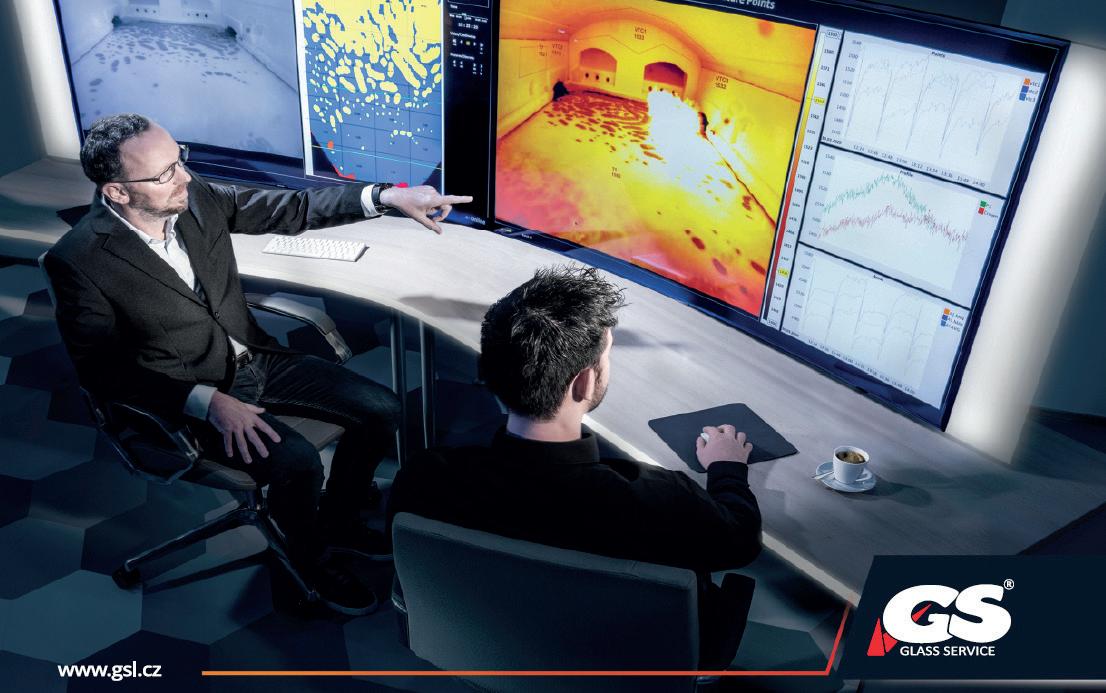
� Fig 8. View in a control room with NIR Images and AI software analysing the process.
allows the computer to mimic human intelligence to solve a problem, using neural network decision trees trained by machine learning.
Deep learning may appear magical, but is simply a multi-layered deep neural network that handles vast amounts of information; a regular Google search uses the same technology. Google suggests an answer to what you are really searching for. So, this is already AI.
What is a neural network? It was probably named after neurons in the human body that have similar characteristics. A data set needs to be analysed first, and after analysis, the result is the outer layer which is its meaning. So, the data is born into the inner layer of the analysis, to be formalised, and is then inserted into the neural network.
We then teach this neural network to fill certain highs and constants inside different neurons, to learn (with lots of data on the input side) to predict what is produced as output – and to recognise it automatically. The key thing is that we don’t fully understand these neurons, and we don’t have to understand them. They are simply filled out by giving sufficient data and sufficient output for the neurons that are going to be filled with the mechanism that they recognise best. Fig 5 shows the data input, the data analysis and the process output.
To illustrate these concepts, let’s look at an imaging technique that we use with an NIR furnace camera. The camera software is trained to recognise the images it sees, and after time can differentiate between batch, flame, glass surface, refractory, and camera build-up. So, if build-up around a camera covering a thermocouple occurs, it can no longer be used reliably. Then, input data from this thermocouple should not be applied to deep learning. Deep learning can also detect the flame independently from the batch, determine the flame direction and signal an alarm if the furnace needs attention. With neural network technology, we can learn much more from these images than just temperatures and process them to make intelligent control decisions (Fig 6).
The next step is to measure the batch distribution. Not just to have an operator say: ‘The batch is quite long today’. The camera image is transformed to eliminate the parallax errors caused because of the camera tilt (Fig 7). The yellow areas represent the batch piles. The software also allows us to show the batch as a perfect bird’s eye view. In Fig 8 you can see a typical control room setup.
In this furnace, there is clearly more batch on the left than the right. Thus, the batch location coverage and movement can be monitored, facilitating corrective actions. For some furnaces, stability is vital, for others less so.
The next question is: will there still be employed workers if AI technology is used and become a standard? For this we look for historical data in other areas for comparison.
The great benefit of MPC is that it improves and upgrades furnace operation. There may be disagreements about its installation, caused by concerns about job security. An understanding within the factory is important to convince employees that this will not be so; instead it will assist their work. The goal is to give them new technologies that enhance production processes. Intensive and continuous training of employees is necessary to properly manage the new technology. Different capabilities and skills need to be incorporated to the workforce, a constant factor in Industry 4.0 implementation for every sector and field.
With the acceptance of Industry 4.0 automation, furnaces can be controlled using more electric melting and help reduce carbon emissions.
Industry 4.0 automation will continue its forward progression. A dark glass factory may be difficult to imagine by 2030, but not by 2050 when the light from hot gobs falling from the forehearth spout will be all that illuminates the factory hall.
Conclusion
Overall, the perspective is to not be afraid. The artificial intelligence revolution that has arrived cannot be avoided. Some suggest that the AI revolution is much larger than any automation revolution seen before. Strong leadership skills and business practices will prepare workers, so that they can understand and accept AI, because it will revolutionise our lives and bridge the gap between what humans are capable of and what can be achieved with technology.
AI will penetrate across industries to take over basic tasks from humans, seamlessly interacting with our daily lives. As Elon Musk has said, we have already become like cyborgs because we are so integrated with our phones and computers: “If you forget your phone at home, a simple thing, you will feel helpless. Without your phone you will miss numbers, contacts, your agenda, maps, and no communication anymore, nothing to do while waiting. Who still knows the phone numbers and all the people you know inside your phone?” �
This text has been adapted from Chapter 7 of the International Year of Glass’s book ‘Welcome to the Glass Age’. The book celebrates the creation of the year, as well as the history of glass and its future applications. To read Mr Muijsenberg’s entire chapter, please see the full edition of the book via the link below.
*Vice President, Glass Service, Vsetín, Czech Republic https://www.gsl.cz/
IYOG book: https://saco.csic.es/index. php/s/XcPeY6mxGPGs8jy
